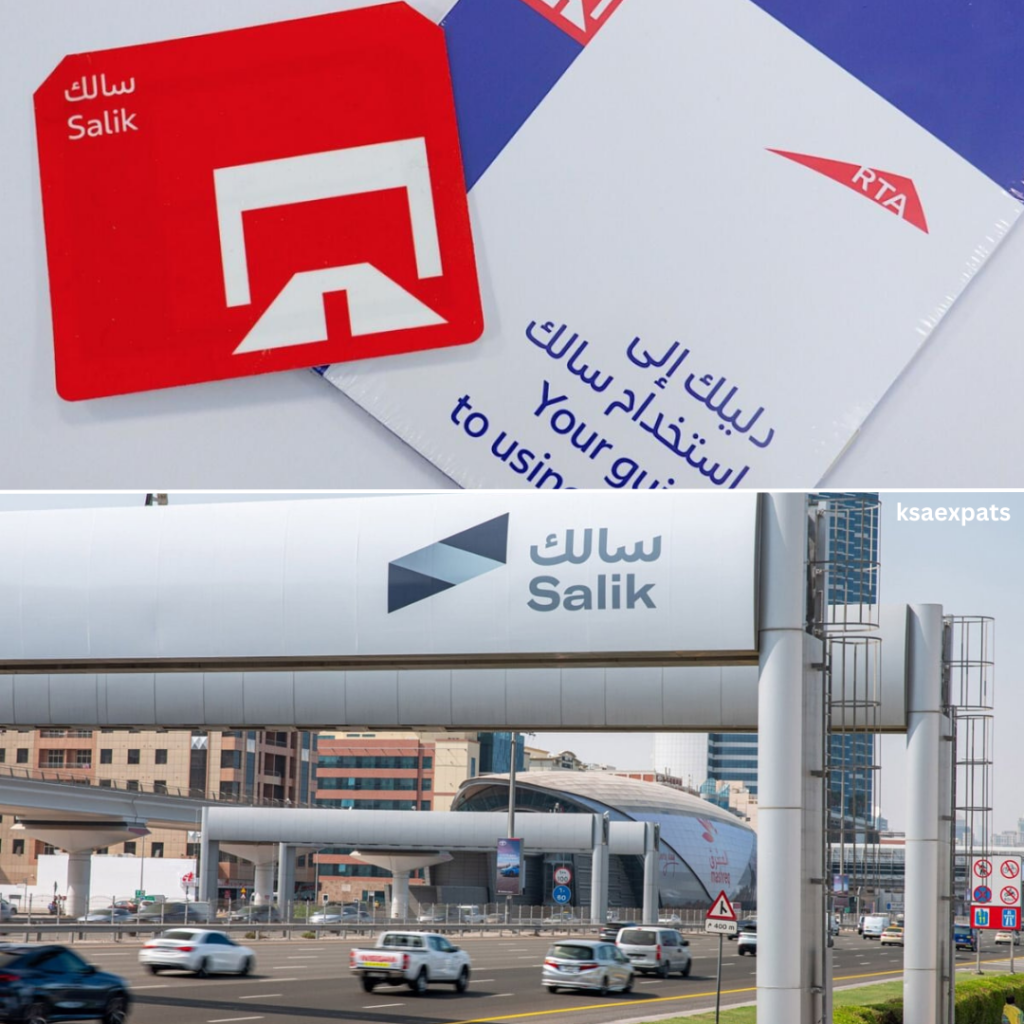Traveling from Saudi Arabia to the United Arab Emirates (UAE) by car as an Iqama holder is a popular choice for expatriates looking to explore neighboring countries. The journey is not only scenic but also convenient, given the robust infrastructure and straightforward border crossing procedures. This guide will provide you with all the essential information, including visa requirements, necessary documents, and step-by-step procedures to ensure a smooth and hassle-free journey.
Visa Requirements for Iqama Holders
As an Iqama holder, you must obtain a UAE visit visa before traveling. The UAE offers an eVisa for GCC residents, including Saudi Iqama holders, which is valid for 30 days and extendable for another 30 days. To obtain this visa, your Iqama must be valid for at least three months from the date of arrival. Additionally, you must have an eligible profession, as laborers are not eligible for this visa.
Also See: Saudia Offers Up to 50% Off on All International Destinations
How to Apply for a UAE Visa:
Online eVisa Application:
- Visit the official UAE visa portal. GDRFA for Dubai and ICP for other emirates.
- Choose the type of visa that suits your needs (e.g., 30-day single-entry tourist visa).
- Fill out the online application form with accurate details, including your Iqama number, passport details, and travel plans.
- Upload the required documents (passport copy, passport-sized photograph, Iqama copy).
- Pay the visa processing fee online using a credit/debit card.
- You will receive your visa via email, which you should print and carry with you during the trip.
Note: Ensure your passport is valid for at least three months from the date of entry into the UAE. While three months is the minimum requirement, it’s best to have more than six months of validity.
Read: Complete Guide on How to Apply for a UAE eVisa as a Iqama Holder
Required Documents
Before embarking on your journey, ensure you have all the necessary documents in order. The following documents are essential for a smooth border crossing:
- Valid Passport: Ensure that your passport is valid for at least three months from the date of entry into the UAE.
- UAE Visit Visa: A printed copy of your approved UAE visit visa.
- Iqama (Resident Permit): Your valid original Iqama card with at least 3 months of validity.
- Saudi Exit Re-Entry Visa: This visa allows you to leave Saudi Arabia and return during the validity period. You can obtain it through the Absher platform.
- Driving License: A valid Saudi driving license.
- Vehicle Registration (Istimara): The original vehicle registration document.
- Insurance: Comprehensive car insurance that covers travel in the UAE.
- Leased Vehicle Documents: If your car is leased, you must obtain a No Objection Certificate (NOC) and an authorization letter from the leasing company allowing you to take the car out of Saudi Arabia.
Preparing Your Vehicle
Traveling by car requires that your vehicle is in optimal condition to ensure safety and compliance with both Saudi and UAE regulations. Here are some key steps:
- Vehicle Inspection: Before traveling, ensure that your car undergoes a thorough inspection, including checking tire pressure, fluid levels, and brakes.
- Insurance: Ensure that your car insurance covers travel in the UAE. If not, you can purchase temporary insurance at the border.
- GCC Specifications: Ensure that your vehicle complies with GCC (Gulf Cooperation Council) specifications, as cars not meeting these standards may face issues at the border.
Similar: Bahrain Travel Guide for Saudi Iqama Holders via Causeway
The Journey: Border Crossing Procedures
The most commonly used border crossing for travel between Saudi Arabia and the UAE is the Al Batha Border. Here’s a step-by-step guide to the border crossing procedure:
Step 1: Arrival at the Border
- Drive to the Al Batha Border crossing, the most convenient route for travelers from Riyadh and central regions of Saudi Arabia.
- Upon arrival, follow the signs for expatriate travelers and join the queue for border formalities.
Step 2: Saudi Arabia Exit Procedures
- Present your passport, Iqama, and Saudi Exit Re-Entry Visa at the Saudi border control.
- Customs officers may conduct a brief inspection of your vehicle. Ensure you declare any items that require customs clearance.
- Once cleared, you will receive an exit stamp in your passport.
Step 3: UAE Entry Procedures
- After exiting Saudi Arabia, proceed to the UAE immigration checkpoint.
- Present your passport, UAE visit visa, and vehicle documents at the immigration desk.
- The immigration officer will stamp your passport with the UAE entry stamp.
- You may be asked to undergo a vehicle inspection and purchase temporary car insurance if needed.
- Pay any applicable entry fees or tolls before proceeding into the UAE.
Driving in the UAE
Once you have successfully crossed the border, familiarize yourself with the driving rules and regulations in the UAE:

- Traffic Laws: The UAE has strict traffic laws, including speed limits, seatbelt requirements, and mobile phone use restrictions. Ensure you adhere to these rules to avoid fines.
- Salik Toll System: In Dubai, you will encounter the Salik toll system. Ensure your vehicle is registered, or you can purchase a Salik tag at gas stations or online.
- Navigation: Use GPS or reliable navigation apps like Google Maps or Waze for accurate directions. The roads are well-maintained and signposted in both Arabic and English.

Return to Saudi Arabia
When your trip concludes, the process of returning to Saudi Arabia is straightforward:
- Ensure Validity of Documents: Before departing the UAE, double-check the validity of your Saudi Exit Re-Entry Visa and other necessary documents.
- Border Procedures:
- At the UAE border, present your passport and vehicle documents to exit the country.
- Proceed to the Saudi border, where you will undergo entry procedures, including a possible vehicle inspection and presentation of your Iqama and re-entry visa.
- Once cleared, you will receive an entry stamp, allowing you to continue your journey back into Saudi Arabia.
Additional Tips for a Smooth Journey
- Plan Your Route: Map out your route in advance and consider the best time to travel to avoid border congestion.
- Fuel Up: Ensure your car has enough fuel, especially when driving through remote areas.
- Stay Informed: Keep up with any travel advisories or changes in border regulations before your journey.
- Pack Essentials: Bring along snacks, water, and a first-aid kit, especially if traveling with family.
Traveling from Saudi Arabia to the UAE by car as an Iqama holder is a rewarding experience, offering the flexibility to explore the region at your own pace. By following the procedures and steps outlined in this guide, you can ensure a smooth and enjoyable journey, whether you’re visiting for leisure or business. Safe travels!